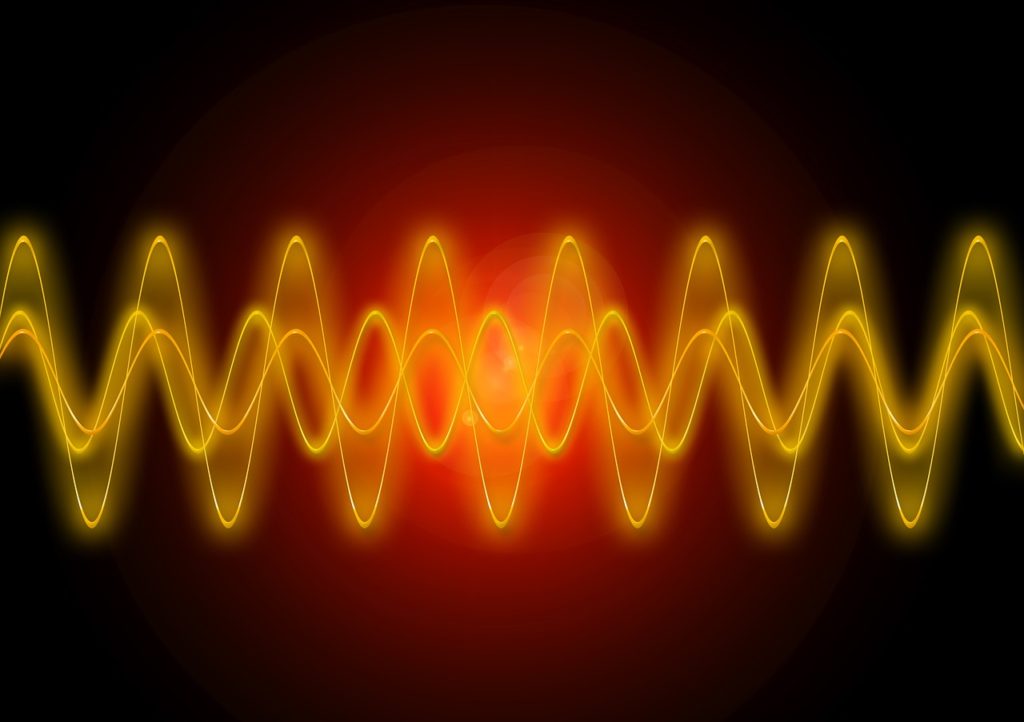Below I have provided two charts, one derived from a study by Charles Shackford and another derived from a study by Paul C. Greene. Both scientists studied violin intonation.
The black typeface shows the equal tempered (the piano’s tuning) cent values. (For a review of cents click here.) The blue typeface shows each note category. Namely, the range of pitches for each interval class.
Shackford states, “It can be seen that in spite of size range, the intervals are all distinct entities, separated from each other by an absolute abyss ranging from a little over a quarter tone to a little under; all, that is to say, except the two tritones which overlap into each other’s territories.
“The pitch gap between interval sizes, perhaps the significant aspect of Example 1, is, of course, a distinct feature of Western harmonic music” (3: 299).
In other words, the note D (200 cents above C on the piano) on Shackford’s chart has a range of 56 cents (235 – 179 = 56). This means that the note D can potentially have 56 pitches. Indeed, a note can contain many pitches!
However, big gaps separate it from its neighbors.
Mobile users: for best results reading the music, tilt your screen 90o to the right.


